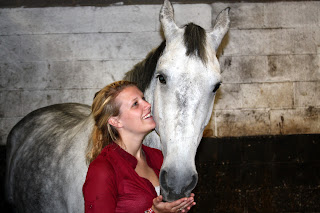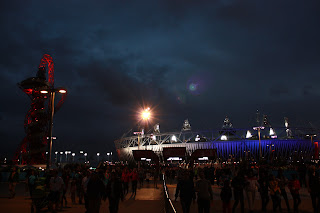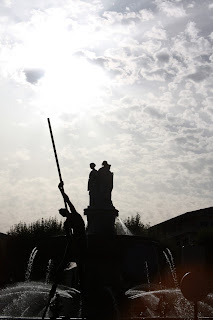Facebook notifications, Tweets from people I pretend like I know, emails informing me that people I use to know have posted pictures of themselves. These are the things that currently distract me, that force my hands to do something that isn’t writing this blog post. But I look; of course I look, whether it’s because of the little notification blip that seems to eat away at a section of my brain until I check it. Or maybe it’s because everyone in these pictures, and I mean everyone, looks happy, seems like their enjoying life as they do fun and interesting things. Statuses are distracting, but the images are the worst, for they eat up my time like a Vegas slot machine eats quarters; minutes becomes hours, hours become evenings, and finally I leave in a slightly dazed (maybe drunk?) state. Why do I do this? Because these photos are proof, evidence of a skewed reality that is always better than the one we were given. The detective camera referenced in Phenomenologies of the Surface: Radiation-Body-Image by Akira Mizuta Lippit is key to the current state of reality, one that, in creating a business around objectivity, has transcended fact for fiction.
About
halfway through the chapter, Mizuta tells the story of a comedy short from
1908, entitled Bobby’s Kodak. In this short, Bobby receives a camera from his
father and starts off by taking various family portraits. However, he soon
becomes bored with this and craves photos that are unprepared, unforced, real.
One can view this event in one of two ways. First, Bobby got bored and wanted
to take pictures of seemingly secret events, violating the social contract of
photographer and subject. Or instead, one can view these events as the infancy
of photojournalism, taking pictures of the places usually overlooked by
society. The second view seemed to flourish for the first part of the twentieth
century as illustrated by the works of Jacob Riis, Gordon Parks, and Life Magazine. However, in recent years
both views have been replaced by an emerging third view. Life Magazine folded in 2007, People
Magazine has a circulation of about three and a half million people, and GOOD Magazine recently ran a piece
entitled “Where Have All the Photojournalists Gone?” In the past twenty years,
we have all moved past the notion of trying to capture the objective. Instead,
we now create images, which from their inception, are twisted to present a
skewed reality – one which can contain everything from two celebrities in a
fake feud, to how awesome your last vacation was, to isn’t my dog more adorable
than yours. With the knowledge that any image can now be consumed in mass,
people are no longer concerned with photography as an act of documentation.
Instead, they crave an image of self-promotion, one that is almost entirely
concerned with getting people to like them.
With the rise of the Internet and social
media, as anyone with a camera can now be labeled a reporter, we no longer
crave photography. Instead, we crave fiction. The era of looking at photos of
another place, another culture, another realm of society entirely alien to our
own is gone. In it’s place is an instant feedback loop, one in which we all
fret over who will “Like” our photos, who will leave a nice comment, and how
many people will see our photos and think that we are living a happy,
interesting, full life. Oh, my phone just buzzed. I feel so much better.















































































































